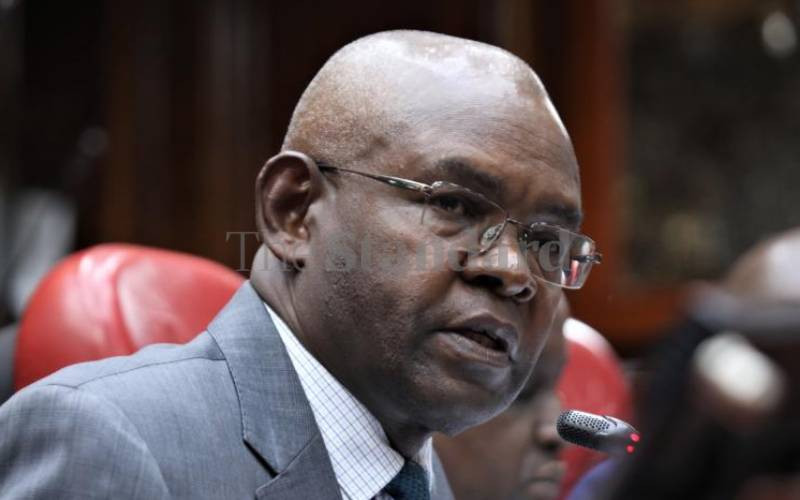
High cost of credit is one of the factors that are often cited as major barriers to Kenya’s economic growth.
Ideally, loan interest rates should be at a sustainable level where the lender gets a markup and the borrower is able fulfill the need for the financing and comfortably pay back the credit. Yet, the loan rates have remained relatively high for years for both institutional and individual borrowers, resulting to ever increasing non-performing loans and penury for those unable to pay back.
These high rates persist despite periodic interventions by Central Bank of Kenya (CBK) through its benchmark lending rate. The Central Bank Rate (CBR), determined every two months by CBK’s Monetary Policy Committee, is meant to signal the direction that banks’ interest rates should take, based on the prevailing economic environment.
In the last couple of years, CBK has had to raise the benchmark rate to tackle high inflation especially after agriculture was hit by a lengthy drought, and a weak shilling that made imports expensive. The increased CBR was promptly followed by banks raising their interest rates.
Historically, banks have been quick to raise rates whenever the CBK increases the benchmark rate, often citing rising costs of funds as justification, but are slow to respond with lower interest rates when CBK acts in the opposite.
On August 6, for instance, the Monetary Policy Committee lowered the key rate from 13 per cent to 12.75 per cent with the expectation being that banks would respond with a cut in the cost of credit. But so far, only Equity Bank has said it will lower its base lending rate from 18.24 per cent to 17.83 per cent.
Lower interest rates would spur credit uptake and increase money supply to finance economic activities, which banks understand very well. It is important to note that lenders are free to set their interest rates above the CBK rate to price the risk of borrowers as long as they stick to the set guidelines.
Earlier this month, CBK published data showing the interest rates that each of the banks charges its customers on the various short and long term products. It was interesting to note the huge difference in interest rates charged by the various lenders, with some just shy of 30 per cent.
In the absence of interest rate control that was in place a few years ago, the banking industry should take the market pulse and respond accordingly.
In fact, the interest rate controls put a leash on the economy rather than expanding credit as expected, and their removal was a relief to the country.
Lenders should, however, let borrowers enjoy these benefits of a free market. Whereas we agree that banks have to make prudent lending decisions to safeguard their interests, especially in the current tough economic environment, their reluctance to lower the interest rates does not correspond with the regulator’s intentions.
The banking industry is a key driver of the economy and needs to be fair in setting loan interest rates.





